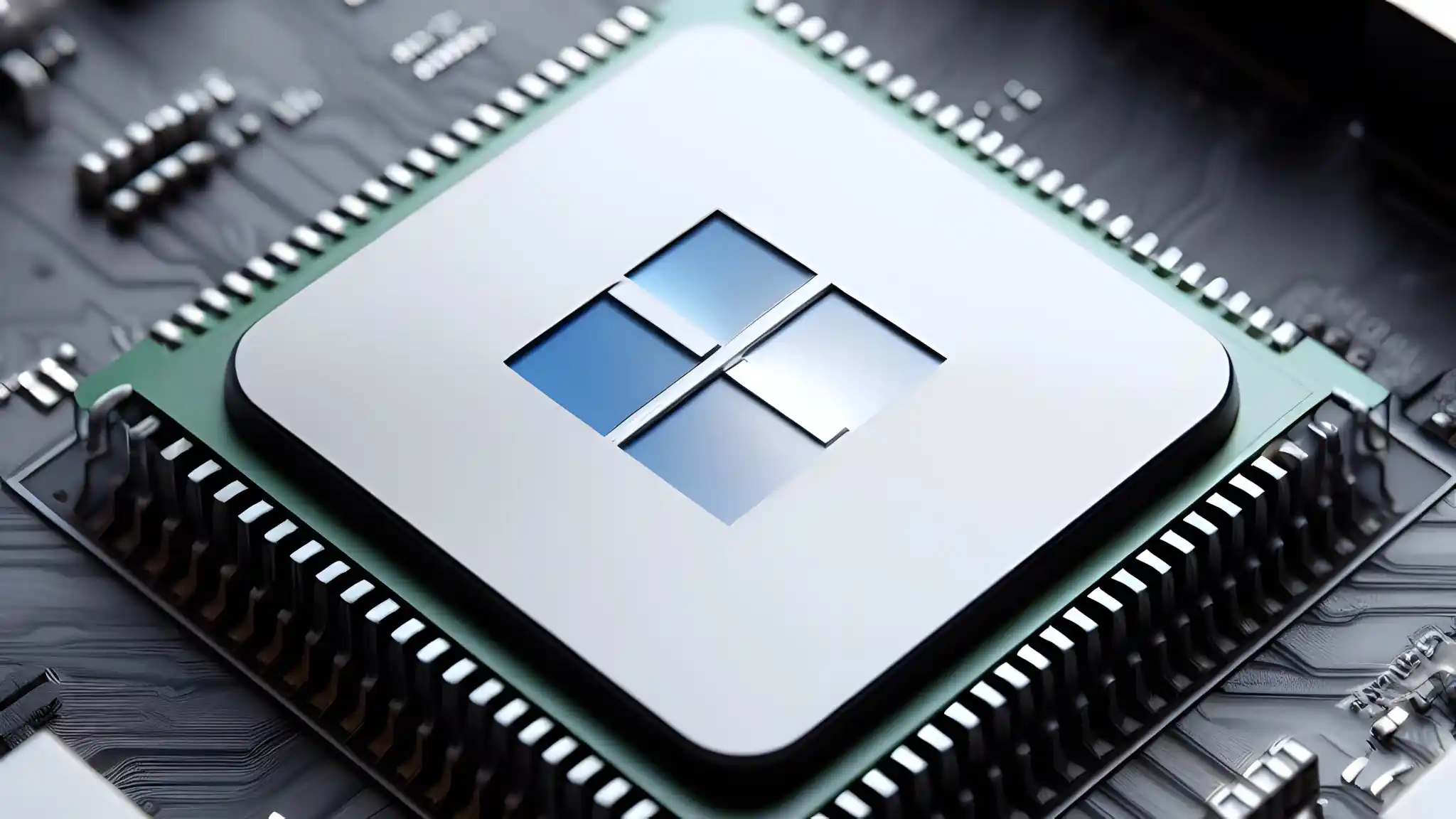So, here’s the scoop. Microsoft had big plans for its in-house AI chip, dubbed Maia (and also referred to as Braga). The goal: build a silicon powerhouse to reduce dependency on Nvidia’s pricey GPUs in its data centers. The roadmap looked tight—publicly aiming for mass production in 2025. Then came the bombshell: reports today say that target’s now off by at least six months, moving the launch to 2026.
This isn’t just a minor annoyance. It’s a move with ripple effects, both technical and strategic. Let’s break it down.
1. What’s Holding Up Maia?
Inside sources, speaking to The Information and Reuters, pointed fingers at a mix of design tweaks, team shake-ups, and internal turnover. A chip project isn’t just circuits and code—it’s a massive engineering marathon. Imagine discovering halfway through that your blueprint needs a rewrite to accommodate a feature shift from OpenAI or someone quits a key role. It takes time. This kind of upheaval can push timelines way off schedule.
2. Technical vs. Financial: The Dual Impact
Technical Burden
Maia isn’t just a run-of-the-mill chip. It’s expected to bring advanced AI inference capabilities, optimized for Microsoft’s cloud environment. But the delay and ongoing design changes suggest it’s still a work in progress.
Financial Stakes
If Microsoft continues buying Nvidia’s Blackwell GPUs at $X a pop, for longer than expected, that adds up. In the short term, Azure margins stay squeezed. In the long run, falling behind Amazon’s Trainium3 and Google’s TPUs could affect Azure’s competitive standing.
3. Where Microsoft Stands Among Rivals
Microsoft isn’t alone in this race. Each hyperscaler is betting big on silicon. Quick recap:
- Google launched its seventh-gen TPU (April 2025).
- Amazon is prepping Trainium3 for release by late 2025.
- Microsoft? Now pushed to 2026.
So the order is Google → Amazon → Microsoft, presumably.
Slipping in the race has costs beyond just hardware. A slower rollout means slower innovation and slower pricing flexibility.
4. Performance Showdown: Maia vs Nvidia’s Blackwell
Reports say Maia is still behind Nvidia’s Blackwell in performance. Even if Maia hits production in early 2026, Blackwell’s successor (likely GB300) will be out by then—meaning Microsoft is chasing a moving target.
Nvidia’s chips don’t just win on raw power; they also have Nvidia’s CUDA ecosystem, which is still the gold standard for AI development pipelines.
5. The Internal Toll: Teams Under Pressure
The delay reportedly stems in part from high turnover and internal stress . When teams lose key people or scramble to adjust designs midstream, timelines stretch and morale dips. This stuff is rarely visible to outsiders, but it can define how long it takes to go from prototype to production. When 20% of your project engineers walk off amid pressure, you feel it.
6. What This Delay Means for Azure and the Cloud Business
Azure’s recent growth has been significantly tied to AI services—powered heavily by Nvidia hardware. If Microsoft can’t switch to its own silicon soon, that reliance keeps margins tight and gives other clouds a pricing advantage.
Also, Maia was meant to accelerate AI tasks—things like GenAI, cognitive services, search. Delays slow down Microsoft’s ability to iterate features and build edge-specific AI chips that integrate tightly with its services.
7. Strategic Implications: A Temporary Slip or a Structural Risk?
In a world where generative AI is accelerating, a six-month delay could cost more than it seems. AI races are won by the fastest, not the best. The delay means:
| Timeline | Impact |
|---|---|
| Short-term | Higher Azure costs; slower rollout of on-device AI |
| Mid-term | Rival clouds gain more cost advantage |
| Long-term | Possible reputation hit, but recoverable if Maia eventually works |
Microsoft still has time. They’ve already spent billions on Maia. The question is whether this is a temporary stutter or a sign of deeper challenges.
8. What Comes Next? The Road Ahead
2026 remains the revised target, but what if more surprises pop up? Microsoft has three planned chips in this series—Braga, Braga-R, and Clea (into 2027). If Braga is late, what about the next two?
Microsoft needs to:
- Stabilize the team and retain talent.
- Fast-track production tooling and processes.
- Match or exceed Nvidia’s next-gen performance with Clea.
If they nail this, they can close the gap. If not, Azure’s GPU strategies might lean even more heavily on Nvidia.
9. So, Should You Care?
- Investors: Stock may take a hit if Azure margins compress. Nvidia shares might see renewed momentum.
- Enterprises: Cost of AI-based services may stay high; some may consider multi-cloud strategies.
- AI Teams: Developers using Microsoft’s AI services could experience lagged rollout of new compute-backed features.
10. Final Take: Delay Is Real, But Not a Dealbreaker Yet
At the end of the day, the delay stings—but intel suggests Microsoft’s still serious about Maia. The chip’s debut in 2026 will be critical. If it arrives and delivers good performance at scale, those six months won’t matter. And Microsoft will still be one of the few hyperscalers with in-house silicon.
For now though, they’re running a bit behind, and in AI, that matters. But this race isn’t yet lost.

